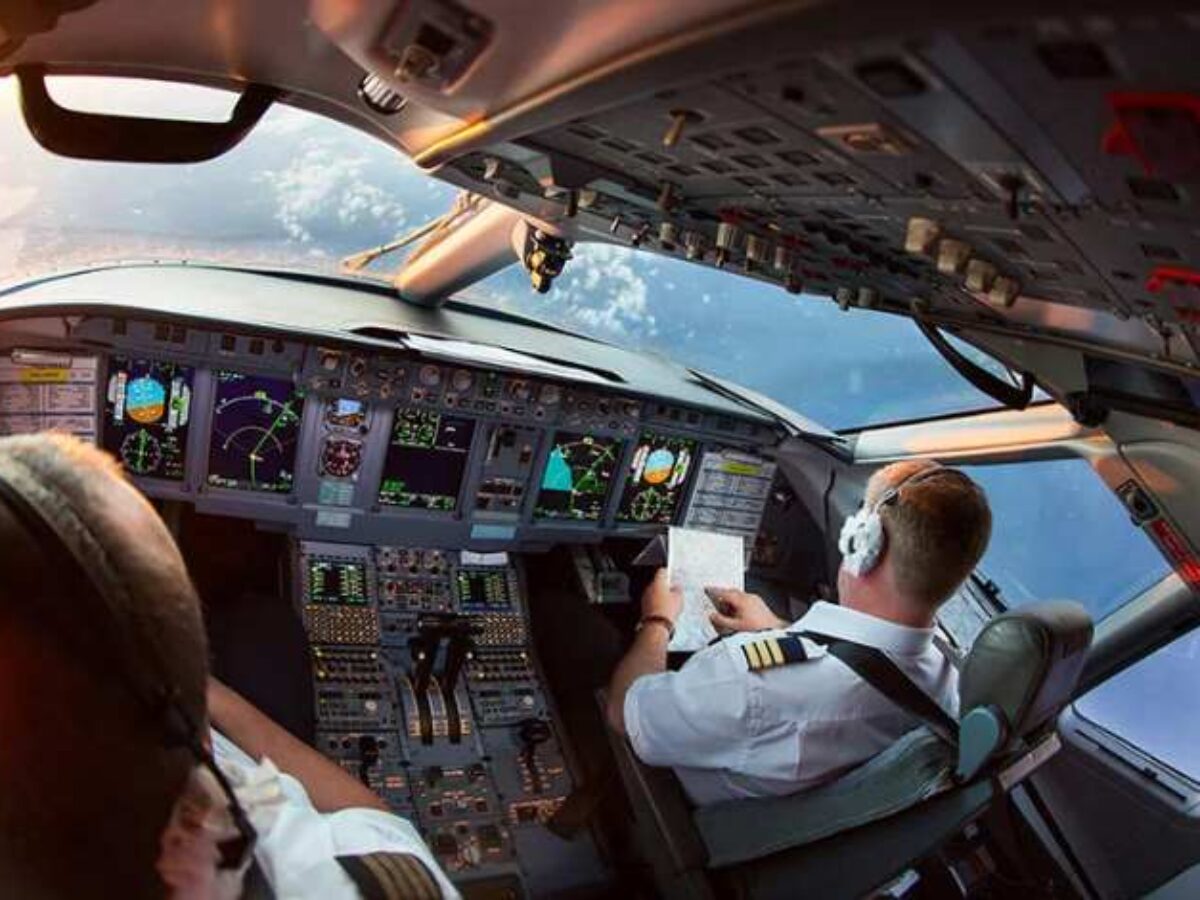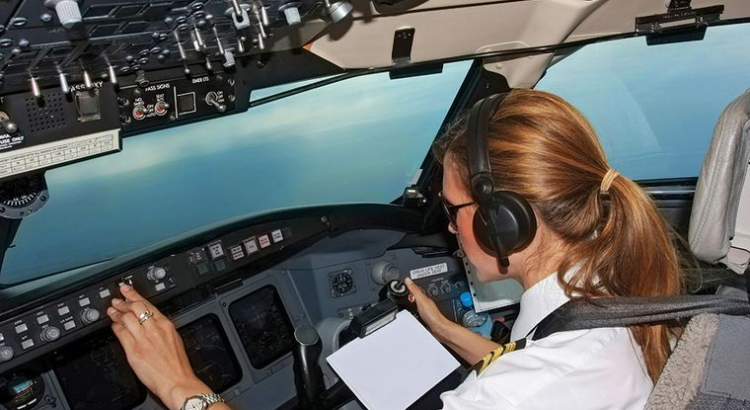Pilot training is a start of a rewarding career. Flight schools offer different kinds of pilot training.
- In the accelerated flight school students get training at a quicker rate. It is the quickest route to your airline career. The training program structure is strict, intensive and full-time focused on flight training.
If a student has missed their college semester or workload then accelerated flight training can add to their college credit facilitating them to get their degree online as they work as a flight instructor. Your rank gets increased quickly along with your earning power.
- The aviation degree program offers flight qualifications as well as adds credit to a student’s degree. Due to the lack of pilots, it was predicted that for the next two decades airlines will not need a degree for starting a pilot career.
With Aviation Degree Program students need less than standard flight hours to get the ATP [Airline Transport Pilot] certificate. The standard flight hours are 1,500 that gets reduced to 1,200 with an associate degree and 1,000 with a bachelor’s degree.
Fewer flight hours seem a quick route but there is a need to pursue two years of degree study. Therefore, their career starts a little late as well as their airline seniority level reduces.
- In the pay-as-you-go program, the students rent a plane and instructor. This allows them to pay as well as handle their schedule. It is a convenient way, where candidates can get trained at their speed and expediency. It is a lengthy route to pursue an aviation career.
The finishing timeline is lengthy because of no training consistency. It leaves room to forget and needs retraining which adds to extra costs. The longer the training takes to complete the lower the seniority level in your airline career gets earned.
Visit this link to learn more about aviation careers. Flight Literacy blog offers myriads of aviation resources for new pilots and even seasoned ones. Now, the aim of becoming a pilot differs from one person to another. It is crucial to consider the options above relevant to flight school programs carefully before deciding. Besides, you also need to choose the type of pilot certificate or license needed.

Sports pilot
It is the least restrictive and easiest certificate. The license is designed for pilots, who desire to fly locally at low altitudes in light aircraft categories like powered parachute, airplane, rotorcraft, lighter-than-air, and glider. A sports pilot license holder can carry a single passenger. They cannot fly at night above the Class D, C, and B airspace or over 10,000 feet. The logged-in training needed is only 20 hours.
Commercial pilot
A commercial pilot commands an aircraft that carries property or passengers for compensation. The commercial pilot needs to adhere to extra federal aviation rules associated with commercial flying operations. They need to learn to fly complicated aircraft equipped with a controllable pitch propeller, flaps, and retractable landing gear. They need to be more knowledgeable and precise.
Private pilot
Private pilots can fly a single-engine landplane. They can fly at controller airports and even at night. Private pilots are disallowed for commercial purposes.
Flight instructor
The flight instructor is a good way to enhance your experience as you get paid for flying. You need to learn techniques associated with learning theory and offering commercial pilot training will need in-depth knowledge. Flight instructor certificate helps to share knowledge as well as get experience to progress a career in the aviation sector.




